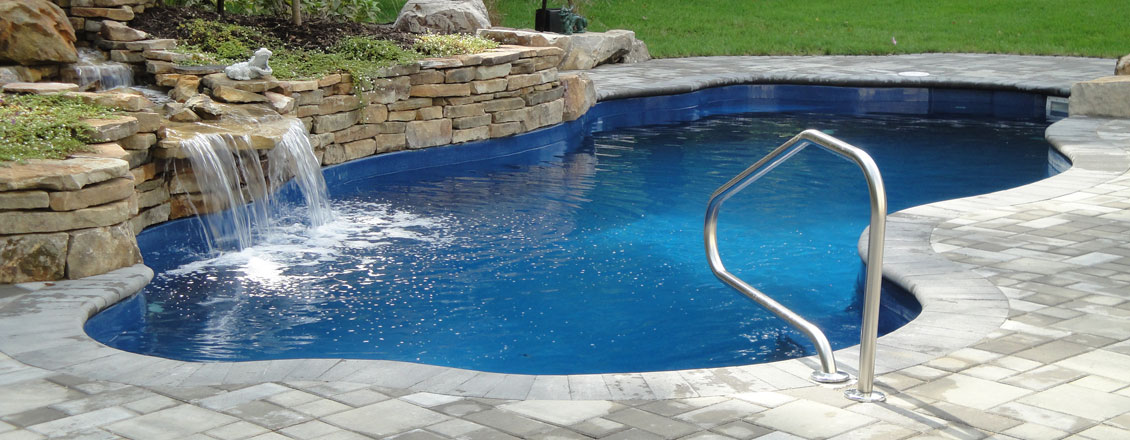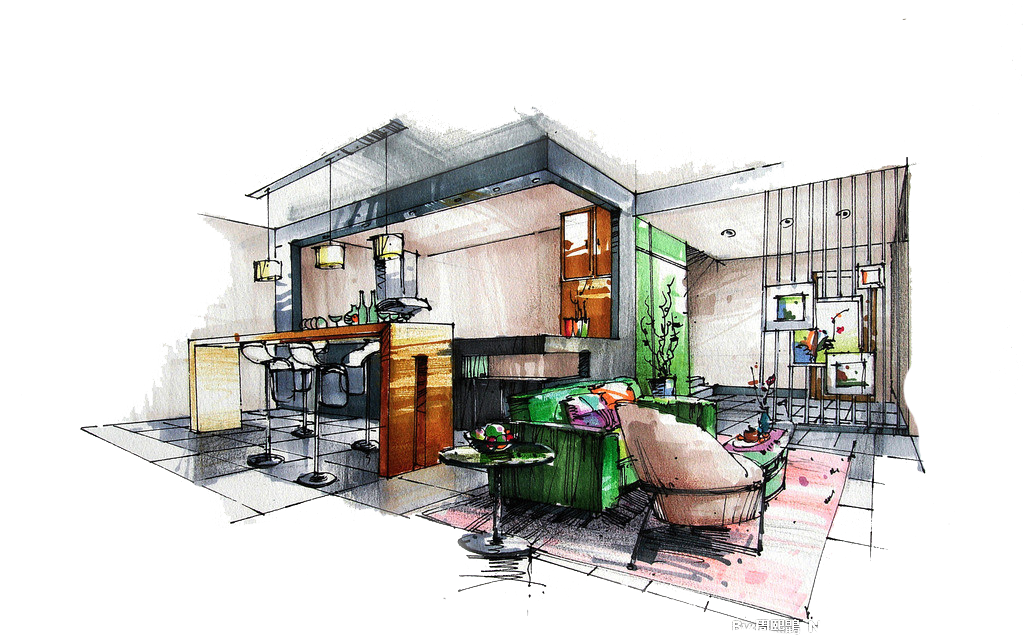ENJOY A COOL CHANGE - GET YOURSELF A POOL
On those stinking hot summer days, do you ever sit back and wonder how nice it would be to have your own swimming pool?
Bobbing around in your own private oasis, without the noise and crowds of a public pool, is definitely a relaxing thought. However, before making this reality, there are a number of aspects to consider, not only which blow up floaty to buy.
Firstly, there are different types of swimming pools, commonly being concrete, fibreglass and above-ground. Although each of these choices comes with their own pros and cons, there is a good range of options that can fit within any budget, style or taste.
Let’s start with concrete swimming pools. These allow free form, size and depth, which means you are unrestricted by manufacturer’s designs, colours and sizes. They can offer different finishes depending on your preferences such as aggregate or tile, which are the most popular choices in Australia. Other advantages with a concrete pool are features like vanishing edges, steps, beach entries and rockeries, which are permanently built into the pool.
An aggregate finish is a mixture of pebbles, natural stone or glass beads and cement. This finish comes as either exposed aggregate or polished aggregate. Exposed, tends to consist more of natural looking products such as river pebbles or glass beads. After it has been applied, it is then blasted with water to remove the excess concrete and expose the product you have chosen. It also provides some traction, is long lasting and attractive.
Polished aggregate contains finely crushed coloured stones (granite, marble, quartz and more) which are polished to bring up their natural shine creating a sparkle as the sun hits it through the water.
Ceramic, stone and glass tiles are a popular choice for high-end pool finishes and can be manufactured in any colour or pattern. Although the initial outlay is generally more expensive, they are recognised as one the most durable pool finishes available.
Fibreglass pools have advanced a lot in recent years, come with long structural warranties and offer an extensive range of colour and finish options. Manufacturers also provide a large selection of different sizes, shapes and depths, to accommodate any space. Built-in spas and water features are now available with fibreglass.
They are a less expensive option to a concrete pool with an easier installation, which is often appealing to the buyer. A concrete pool can take months to install whereas a fibreglass pool can be in your yard within a week.
In his homeimprovementpages.com.au article, Fibreglass or Concrete Pool: Pros and Cons, Rob Schneider raises a very important point. “Another advantage of a fibreglass pool is that fibreglass has enough flex in it that it won’t crack in unstable soil. In some areas where soil subsidence or unstable soil is a problem, many homeowners who have installed concrete pools have regretted it. If you’re leaning towards concrete, find out about soil conditions in your backyard first.”
Along with the soil conditions, it’s also important to consider the access for a fibreglass pool shell onto your property. This is often overlooked and where there is poor access, a crane has to be involved. This will lead to extra costs which need to be factored into your budget.
Don’t forget about the maintenance. This is something that can’t be avoided, but you don’t want to be spending more time tending to your pool than actually swimming in it. If you are surrounded by a lot of trees, a pool cover is probably going to be a good idea.
Fibreglass pools are known to be less maintenance than their concrete cousin. The fibreglass shell doesn’t affect the water chemistry in the same way as a concrete pool and the smooth nature of the finish makes it hard for algae to adhere. Fibreglass pools are also warmer.
When it comes to longevity, a fibreglass pool generally doesn’t need much in the way of overhauling and once too old, they can just simply be replaced. In Australia, fibreglass pools come with very long warranties on structure and surface, so do your homework there. A concrete pool can easily be renovated and built well will last a lifetime. Generally, it is a good idea to renovate and/or resurface your concrete pool every 8-10 years.
Not to forget the above-ground pool option. This is the kindest on your wallet, but like fibreglass you are limited to size and shape. When it comes to durability an above-ground pool isn’t going to stand up the same and an in-ground. However, as they are not a permanent fixture on your property, they can easily be replaced.
This type of pool requires the same maintenance as in-ground options including cleaning, filtering, and maintaining the chemical balance. They also come under the same pool fencing laws. Although they can be a great feature in your home, they are not likely to add the value to your property that an in-ground pool will.
The walls are constructed of steel, resin or aluminium, with aluminium being the strongest. You get 2-3 times the life of these when compared to steel pools. The vinyl liners on these pools generally need replacing every 5-9 years.
A saltwater opposed to a chlorine pool may be something you were also thinking about. This has become a very popular option worldwide. Unfortunately, with concrete swimming pools the salt doesn’t react well to the concrete, making it susceptible to wear and tear. If you do use a salt chlorine generator, you are going to have to resurface it even sooner than you previously expected. Saltwater is not an option with above-ground pools.
In Australia, we are spoilt for choice when it comes to swimming pools so make sure you do your homework thoroughly. Get opinions from friends or family who already have a pool and read all the information that is available on line. Pool companies are happy to offer advice and will often come out to your home to inspect the site for a quote. It is a costly decision and you want to ensure you are very happy with your desired outcome.
When you have decided which type of pool best suits your lifestyle, home and budget, make sure you do your research in to the pool fencing laws in Australia. You can find these at SPASA Australia website, https://www.spasa.com.au/consumer-info/fencing-laws/.
It is also recommended to do any pool landscaping at the same time you install your pool. It is something homeowners tend to put off, but the right surrounding is the perfect finish to your own private oasis.
By Claire Hester.
Copyright © 2021. All Rights Reserved.
Stock Image



